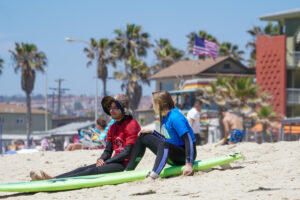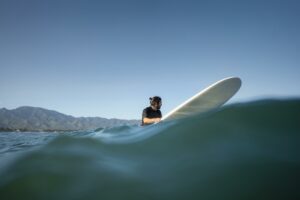How to Prepare for Surf Lessons - Our Guide
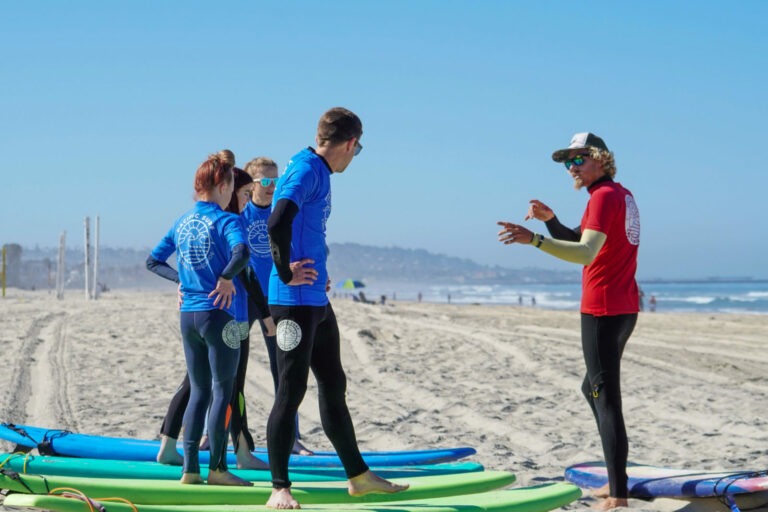
Surfing is an amazing sport that allows you to enjoy the beauty of the ocean in the greatest way. It’s the perfect activity if you want to try something new and if you consider yourself adventurous.
However, surfing requires commitment and preparation, especially if you’re starting out. In this blog, we are going to go over everything you need to know about how to prepare for surfing lessons.
1. Warm Up Your Muscles Beforehand
Surfing requires a lot of strength and stamina. Because of this, it’s a great idea to warm up and do a little workout before your lessons.
Although surfing requires full body strength, it really helps to use weights during your warm-up. Since you have to push up constantly, you must focus on strengthening your upper body.
Paddling is also a huge part of surfing. Not only paddling but also having to push up off your board once you’re approaching a wave.
So, warming up a little with light weights can help wake up your muscles before your lessons. Ultimately you want to target your chest, arms, and shoulders.
2. Fill Up with Carbs and Protein
Make sure you eat a meal packed with proteins and carbs prior to your lessons. Try to avoid any fast food or meals heavy in grease and fats.
Loading up with carbs and proteins will help give you lots of energy while supporting your muscles.
More specifically, eating protein before a workout or physical activity helps to power up your muscles.
A process then occurs called muscle synthesis. Muscle synthesis is a metabolic process that prompts the production of proteins. These proteins go straight to the muscles and help to repair them.
They also assist with recovery and the prevention of damage to the muscles.
Meal Ideas
You want to make sure you’re full, but you also want to keep things light. Otherwise, you run the risk of bloating and cramps during your lesson.
An excellent protein meal idea would be tuna or eggs (boiled or scrambled) and a bowl of oatmeal with fruit on the side for carbs. Some excellent options would be oranges, blueberries, or bananas.
You want to choose healthy options that will keep you full. Also, it’s important that you eat about 2-3 hours prior to your lesson. This time window will leave you enough time to digest properly.
3. Mentally Prepare
Learning a new activity that requires some level of being physically fit is not for the faint of heart. It takes a lot to learn a new skill, especially if it requires training your body.
Therefore it’s crucial that you mentally prepare your first lesson. Get it into your mind to relax, and understand that things may not go as perfectly as you hope.
Keep a positive mindset and give it your best. If you find yourself becoming stressed beforehand, take some deep breaths. If it helps, listen to some relaxing music before you make it to your lesson.
If you’re someone who deals with anxiety, try some grounding techniques. These techniques are very effective in relaxing the body and mind.
No matter what, don’t allow negative emotions to get in between you and your goal of learning to surf. Just take it all one day and one lesson at a time.
4. Learn About Rip Currents
Understanding various aspects of the ocean is essential if you want to learn to surf. One of those aspects is waves and how dangerous they can be if you aren’t careful.
Rip currents are also called rip tides, and they occur when the water moves extremely fast in the opposite direction of the shore. These currents move quickly into the ocean and can rip through breaking waves or run under waves.
You have to be very attentive when paddling, or you risk getting caught in a rip. If you get caught, you want to remain calm.
Then you need to swim diagonally to the current in the direction of the shore. Otherwise, you should follow the current direction into calm waters.
Lastly, it’s essential never to panic while in the water. Panicking can result in making the wrong decision. So always relax when you’re in the water, even in scary situations.
5. Stretch After Your Lesson
Surfing is a sport that will quickly whip you into shape as it demands the work of several muscle groups. Certain areas of the body, such as the upper body and the core, will especially feel the impact of surfing.
For example, paddling is a skill, and if you’re able to do it quickly, you’ve trained the muscles in your arms. The more time working out and targeting your triceps and biceps, the better you will be with each lesson.
Moreover, your core and trunk are also areas where you’ll likely feel pain after your surfing lesson. More specifically, your abs, lower back, and your sides.
So, be prepared to experience intense soreness for a few days after your lessons. However, the good news is the more you learn to surf, the less severe your pain will be.
6. Get Some Cardio In
It’s best to get your heart pumping before you go to your first surf lesson. Doing cardio exercises will help you prepare since surfing is a cardio-style sport.
You will be moving nonstop, which will keep your heart pumping. So, before going, you can go jogging, ride your bike, or do a series of cardio-inducing exercises.
These activities will help prime you for moving around for extended periods of time. They will also help you to get through your first lesson much more smoothly.
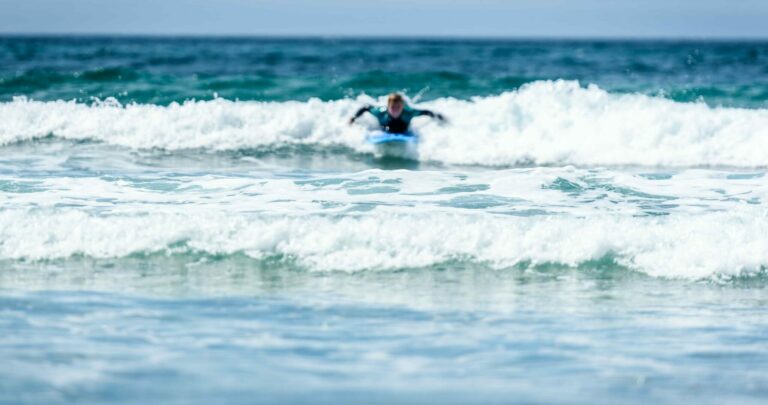
Jorge Luis Perez / Flickr
Learn to Surf With Pacific Surf
Learning to surf is, without a doubt, one of the greatest accomplishments you can feel. Although it does take some preparation before your lesson, it’s well worth it.
If you’re interested in starting surf lessons or have any questions, check out Pacific Surf School and contact us to get started today!
FAQs
Here are some of the most commonly asked questions regarding surfing.
The first lesson is typically between 1 and 2 hours.
Three vital rules of surfing etiquette include the following: don’t drop in, don’t get in the way, and communicate your next move.
Typically surfers start between the ages of 14 and 18.
For your lessons you will need:
- A bathing suit
- A towel
- Sunscreen
- Water
- Snacks
- Clothes to change into after your lesson
- Rash guard

